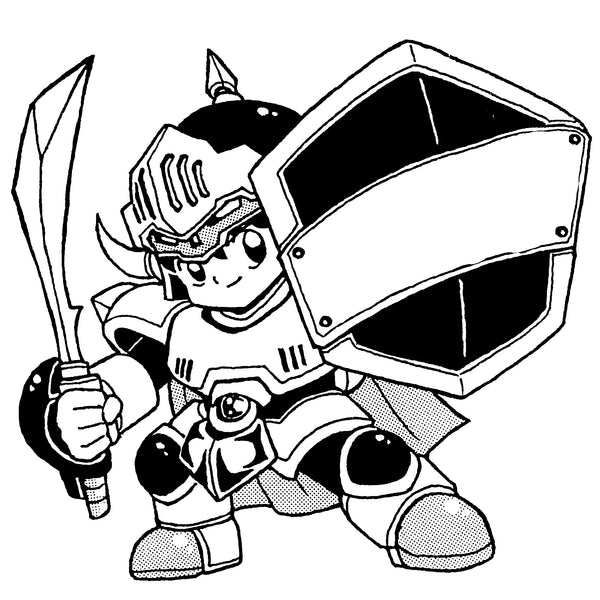Part 1: The Birth of the Super Famicom — Nintendo’s Next Move as the Reigning Champion
What Retro Games Taught Us About Life: Super Famicom Edition, Part 1
Beyond the legendary world the Famicom had built—came something even greater.
The first time we turned on the Super Famicom, what appeared on the screen wasn’t just surprising.
It was pure shock.
Characters moved smoothly and vividly across the screen.
The sound had transcended “beeps and boops” to become deep, beautiful audio.
And then there was F-ZERO, a launch title that redefined speed and style.
To those who had once played F-1 Race on the Famicom, this futuristic world wasn’t just an upgrade—it was a whole new dimension of gaming.
But how did such a dramatic evolution come to be?
At the time, the market was already dominated by formidable rivals like NEC’s PC Engine and Sega’s Mega Drive.
Nintendo, despite its throne as king of the Famicom era, entered the next-generation console war as the last challenger to arrive.
As a reigning champion—and a bold contender—what future did Nintendo envision for its next move?
The answer lay in a “secret weapon” powerful enough to leave its rivals in despair.
(To be continued)
Part 2: The "Unfair Advantage" That Changed the Game
What Retro Games Taught Us About Life: Super Famicom Edition, Part 2 Previously on Part 1:
Previously on Part 1:
The Famicom era was ending. The 16-bit battlefield had been heating up, with the PC Engine and Mega Drive vying for dominance.
Then, Nintendo launched the Super Famicom—a console so advanced it carried a strategy that silenced its competitors.
■ A New Answer Called “Expression”
Nintendo didn’t just aim for better specs.
Their true response to the competition lay in a revolution of color and sound—a leap in expressive power.
The Super Famicom featured a staggering color palette of 32,768 hues—64 times greater than its rivals.
This allowed for intricate skin shading, rich sunsets, and painterly visuals previously unthinkable in games.
And the sound? It was on another level.
While other consoles used synthetic-sounding chips, the Super Famicom featured PCM audio, capable of recording and playing back real instrument sounds.
This chip—developed by Ken Kutaragi, who would later create the PlayStation—elevated game music into grand orchestral experiences.
■ The Ultimate “Unfair Advantage”
But perhaps the biggest trump card was the so-called “cheat code” built right into the hardware:
Mode 7, which enabled scaling, rotation, and pseudo-3D environments.
It was a feature absent from other consoles. And it was F-ZERO that was specifically designed to showcase its overwhelming power.
At the time, my family owned a PC Engine CD-ROM².
The realistic sound from CDs was groundbreaking—but even as a kid, the long loading times were frustrating.
Then came the Super Famicom.
Insert the cartridge, and instantly, an explosive world unfolded on screen.
That seamless power—it won us over in seconds.
A true champion’s approach.
But hardware alone doesn’t define greatness.
What truly matters is the kind of “fruit” that blossoms on top of that technology.
(To be continued)
Part 3 (Final): The Timeless Truth of Fun
What Retro Games Taught Us About Life: Super Famicom Edition, Part 3
Previously on Part 2:
With revolutionary color, sound, and visual effects, the Super Famicom entered the 16-bit war wielding expressive power that overwhelmed its rivals.
And from that foundation, legendary masterpieces were born.
■ Unforgettable Legends
Built on that technical prowess were games that remain etched in our memories to this day.
Super Mario Kart—despite its cartoonish look, it offered intense, split-second competitive depth that had us all hooked.
Secret of Mana—with its beautiful graphics, unforgettable music, and innovative systems—swept us into a vortex of wonder.
And then there was Donkey Kong Country—with visuals so lifelike it felt like computer-generated imagery.
It was a feat of transforming cutting-edge 3D models into expressive 2D pixel art—pure Nintendo ingenuity.
■ Losing Ourselves
Looking back, one truth stands out:
Even decades later, Super Famicom games are still fun—undeniably and joyfully so.
Why?
Because Nintendo didn’t just pour power into complexity.
They channeled it into fun that anyone could access.
Thanks to that, we lost track of time, of ourselves—immersed completely in those digital worlds.
The Super Famicom gave us many things.
But perhaps its greatest gift was this:
It carved the very essence of timeless fun deep into our hearts.
